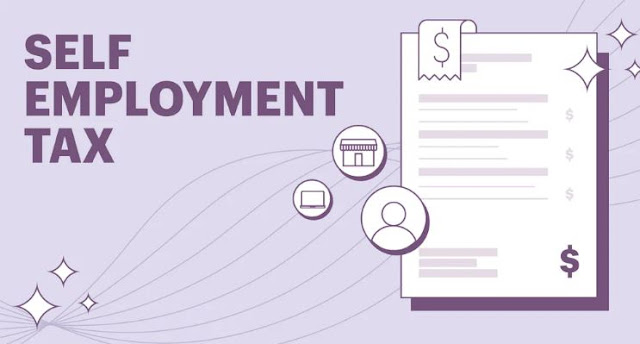
Transitioning to self-employment presents many new challenges to an individual, whether you are a freelancer, home-based business owner, or consultant. One of these challenges is handling your own taxes. Doing it wrong could result in damaging consequences for your venture.
If this is your first time filing taxes as a self-employed individual, read below to learn all the essential steps you must take. Plus, we will provide some valuable tips to help you with future income tax filings for solopreneurs and independent contractors.
Who Is Considered Self-Employed?
The Canada Revenue Agency (CRA) recognizes self-employed individuals under three classifications: independent contractor, sole proprietor, and business partner. Generally, people who fall in these categories provide products and services for profit while working on a contractual basis or running an unincorporated business.
Legally, you are responsible for paying various taxes as a self-employed individual. These include the federal income tax, provincial income tax, and Canada Pension Plan (CPP) contributions. You must also pay for goods and services tax (GST) and harmonized sales tax (HST). Plus, you must pay employment insurance contributions and provincial sales tax if applicable.
How To Determine Your Self-Employed Taxes
You must report all income on your tax return as a self-employed individual. You must base it on the federal income tax rates for the year and the provincial or territorial tax where you reside.
Meanwhile, you must claim all your business-related expenses on your tax return, from work supplies to conference fees. This is where keeping all your receipts, bills, and statements matters to generate a list of deductible expenses.
Hiring a professional is crucial to help you with your income tax assessment. Aside from registered accountants, you can take advantage of the free support offered by the CRA to understand your tax obligations better.
How To File Your Self-Employed Taxes In Canada
Generally, self-employed individuals must file the following forms. These are the following:
● T1 General Form or the Income Tax and Benefit Return
● Form T-2125 or the Statement of Business or Professional Activities
● A different GST/HST return (if you are registered to collect them)
You can file your annual tax return in person or online. There are CRA-approved tax programs you can use. However, if you are paying as a self-employed individual for the first time, it is best to have a professional with you throughout the process. It might cost you more, but having all the necessary documents will be less stressful.
It is vital to know that self-employed individuals must file their taxes on June 15th annually. However, you must pay any tax owed by April 30th, the same payment deadline for regular employees. Failure to report all your income or filing late will result in various penalties.
File Your Self-Employed Taxes Diligently
Handling your taxes as a self-employed individual may be challenging, but it’s manageable with the right approach. Track your expenses and keep all receipts or other supporting documents to make a stronger claim.
Always seek the help of professionals, from assessment to filing. You can also consult with experts from the CRA to understand your obligations better and file your taxes accordingly.
